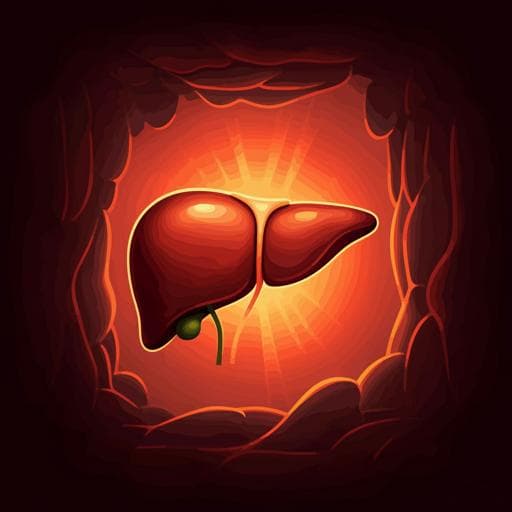
Medicine and Health
The influence of acute lifestyle changes on NAFLD evolution in a multicentre cohort: a matter of body composition
M. Dallio, M. Sangineto, et al.
This research reveals the alarming effects of COVID-19 lockdown on Non-alcoholic fatty liver disease (NAFLD) in 187 Italian patients over four years. The study highlights significant increases in fat and carbohydrate intake, decreased physical activity, and a troubling rise in hepatocellular carcinoma (HCC) incidence linked to body composition changes. Conducted by Marcello Dallio and colleagues, this study underscores the importance of addressing lifestyle factors in managing liver health during unprecedented times.
~3 min • Beginner • English
Related Publications
Explore these studies to deepen your understanding of the subject.







